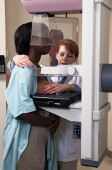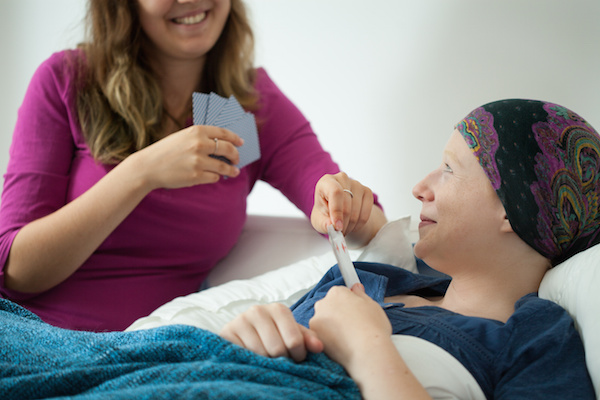
TUESDAY, July 17 (HealthDay News) — Regular mammography screening has limited — if any — impact on breast cancer deaths, a new evaluation of Swedish women contends.
“Our analysis found no or limited influence of mammography screening on breast cancer mortality,” said Dr. Philippe Autier, at the International Prevention Research Institute in Lyon, France. The report is published July 17 in the Journal of The National Cancer Institute.
Finding no or limited impact in Sweden, he said, suggests that the same might be true in other countries, including the United States.
However, the report has some built-in limitations, said Dr. Michael Vannier, a professor of radiology and medicine at the University of Chicago Pritzker School of Medicine, who wrote one of two editorials that accompany the study.
“Measuring the way they did,” Vannier said, “it was almost impossible to find an impact [of screening] on an individual basis.” Rather, as nationwide screening was rolled out in Sweden by counties, the study looked at screening in different counties over different time periods.
In Swedish counties in which screening began in 1974 to 1978, for instance, death rate trends during the next 18 years were similar to those before screening started. In other counties, studied in other time periods when screening started there, death rates sometimes increased and in other counties decreased.
Death rates from breast cancer in Swedish women, overall, started to decline in 1972, Autier found, before screening was introduced.
The overall net effect, however, was limited or no impact from screening on the death rates.
Even so, Vannier said that the report should not be a reason for women aged 40 and older to stop regular routine mammography screening. In the second editorial, Nereo Segnan of ASO S Giovanni Battista University Hospital in Turin, Italy, and his colleagues write that “it is time to move beyond an apparently never-ending debate about the extent to which screening for breast cancer in the 1970s to 1990s has reduced mortality from breast cancer — as if it was isolated from the rest of health care.”
According to study author Autier, randomized trials conducted early on found that screening did reduce the breast cancer death rates. His new study, he said, along with others reinforce the idea that the trials were biased.
“This is a study that is looking at the past,” Vannier countered. Screening and treatment are better now, he said.
The study looks at the impact of screening on a population, not an individual basis, Vannier said. “They basically followed the population, counted the number of individuals who were invited to screening, [and] counted the number who died,” he said. “Death records are notoriously unreliable [as to cause of death],” he said.
Sweden now has a system “that is a kind of model for the world,” Vannier said. Putting the nationwide screening into practice took a number of years. “This is a test of it in the early days, and only has limited follow up,” Vannier said. “The benefits of screening are cumulative.”
Autier said the findings should motivate health care providers to present mammography in a different light. “Information to women on mammography screening should better reflect uncertainty on the effectiveness of that test, and underline the risk of overdiagnosis and overtreatment,” Autier said.
Vannier said mammography screening is not perfect, of course. “The alternative to not having a screening program is having the disease and not knowing it,” he said.
More information
To learn more about mammograms visit the U.S. National Cancer Institute.

